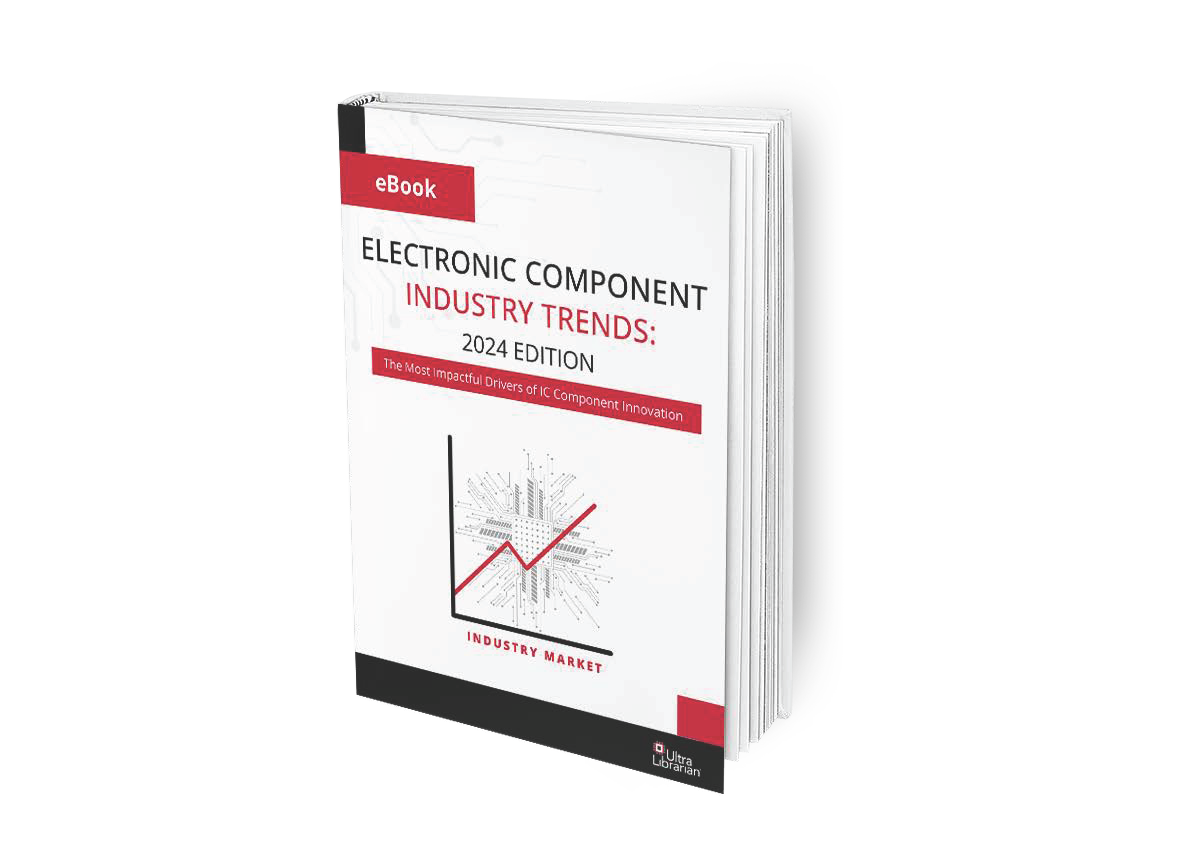![]()
Marketing strategies for the semiconductor industry will continue to focus on AI and IoT devices.
For decades, manufacturers, designers, and consumers grew comfortable with Moore’s Law: a rough doubling of semiconductor chip performance and a halving cost/size every eighteen months. However, Moore’s Law has not held over the past few years as chip sizes edge closer to the sub-nanometer scale. Despite the more modest advancements, the semiconductor industry continues humming as the technological driver. In 2025 and beyond, marketing strategies for the semiconductor industry will focus on a few emergent disciplines, while serving as the familiar backbone of many others.
MARKETING STRATEGIES FOR THE SEMICONDUCTOR INDUSTRY BY APPLICATION | ||||
Outlook | Demand | Complexity | Profitability | |
AI | Strong | High | Extreme | High |
Internet of things (IoT) | Strong | High | Moderate | Moderate |
Automotive | Strong | High | Low | Modest |
Telecommunications | Strong | High | Moderate | Moderate |
The Focus of Marketing Strategies for the Semiconductor Industry
The largest demand (as it has been in recent years) for semiconductor technology remains AI research, development, and applications. While demand for consumer devices has softened in the wake of pent-up spending and work-from-home transitions during the pandemic response, spending for AI remains unflagging with some of the top global businesses. Coupled with government investment efforts (e.g., the CHIPS and Science Act) and the continued buildup of fabrication plants, semiconductor growth is steady and stable.
The challenge of marketing strategies for the semiconductor industry is defining the scope of analysis. Like any winning marketing strategy, entities within the semiconductor industry must focus on a few key topics:
- Outbound marketing programs – Potential customers currently outside of the service/product ecosystem offered by the company. The heavy focus on AI and the Internet of Things (IoT) has a strong affinity for software development embedded within appliances, equipment, and other devices that can benefit from large-scale data analysis.
- Inbound marketing programs – Retaining interested customers and driving enthusiasm for continued support of the service or product offered by the company. The continued operation of AI requires tremendous energy usage (both for direct consumption and cooling of the systems). Ongoing development of 2-nm MOSFET scaling will improve upon the current performance. The ongoing focus of these marketing strategies should be these first-generation 2-nm chips likely to reach consumers next year. Additionally, faster protocol/data throughput (e.g., 6G) can also be enticing for an increasing demand for data.
- Sales support programs – Ensuring sales teams have the necessary information and resources to close deals at the bottom of the sales funnel.
- Product line support programs – For new and emerging product lines, engineering teams must furnish the sales team with critical performance data that serves as the final push for interested parties. Post-sale lifecycle management entails keeping customers informed of any updates to the product (new parts, patches, replacements, etc.)
Social media is central to any marketing strategy in the 2020s, and even semiconductor devices are not immune. While older engineers are less likely to engage in social media, many younger engineers are happy to receive information through their preferred social media account(s). This engagement provides an excellent opportunity for account managers to raise awareness, stoke enthusiasm, answer questions, and generally receive feedback that can further refine the sales pipeline.
Questions that Foster Marketing Analysis
To improve marketing reach and outcomes, strategists should analyze some key areas that can further drive growth:
- Does product performance match customer demands? – In the olden days of semiconductor manufacturing, the sole focus was optimizing silicon performance (size, cost, energy consumption, etc.). Not anymore: IoT-integrated devices now have to contend with security features that prevent unauthorized access to user data, possibly including sensitive biometrics. Ideally, manufacturers must determine their product lines’ generality or specificity and how many they wish to support. Splitting resources between multiple designs allows semiconductor manufacturers to address various market needs better but can also spread the organization thin.
- Does the marketing approach exclude potential customers? – Traditionally, manufacturers have used a product-focused orientation to sell to customers, but increasingly, a customer-focused approach may be more viable. Interacting with customers in this fashion requires a deeper insight into the solutions the product offers a particular customer and may require more communication between various organizational teams to pinpoint the exact pain points the product addresses.
- How can marketing and sales stay “ahead of the curve”? – Given the industry’s rapid pace, sales and marketing teams must be well-informed about the entire digital development process from hardware to software.

Increasing the purview of potential customers with a pain-point/solution approach can pay dividends.
Marketing strategies for the semiconductor industry are similar to those found in other marketing arenas, but they face the added challenge of a fast-changing technological pace. How can design teams with semiconductor components stay on top of these changes? The most effective solution includes understanding how engineers think and focusing efforts on marketing channels that engineers utilize, making products available through trusted distribution channels, and engaging with engineers in preferred formats with pertinent data and information. These objectives can be best met by partnering with the most used online resource for accurate component CAD models, component CAD model integration and management tools, and important design information, Ultra Librarian
Discover how Ultra Librarian helps manufacturers. With services and resources tailored to streamline CAD creation and amplify part downloads, Ultra Librarian empowers manufacturers to boost productivity and drive part downloads. By leveraging these tools, manufacturers can achieve greater success in today’s competitive market landscape.








